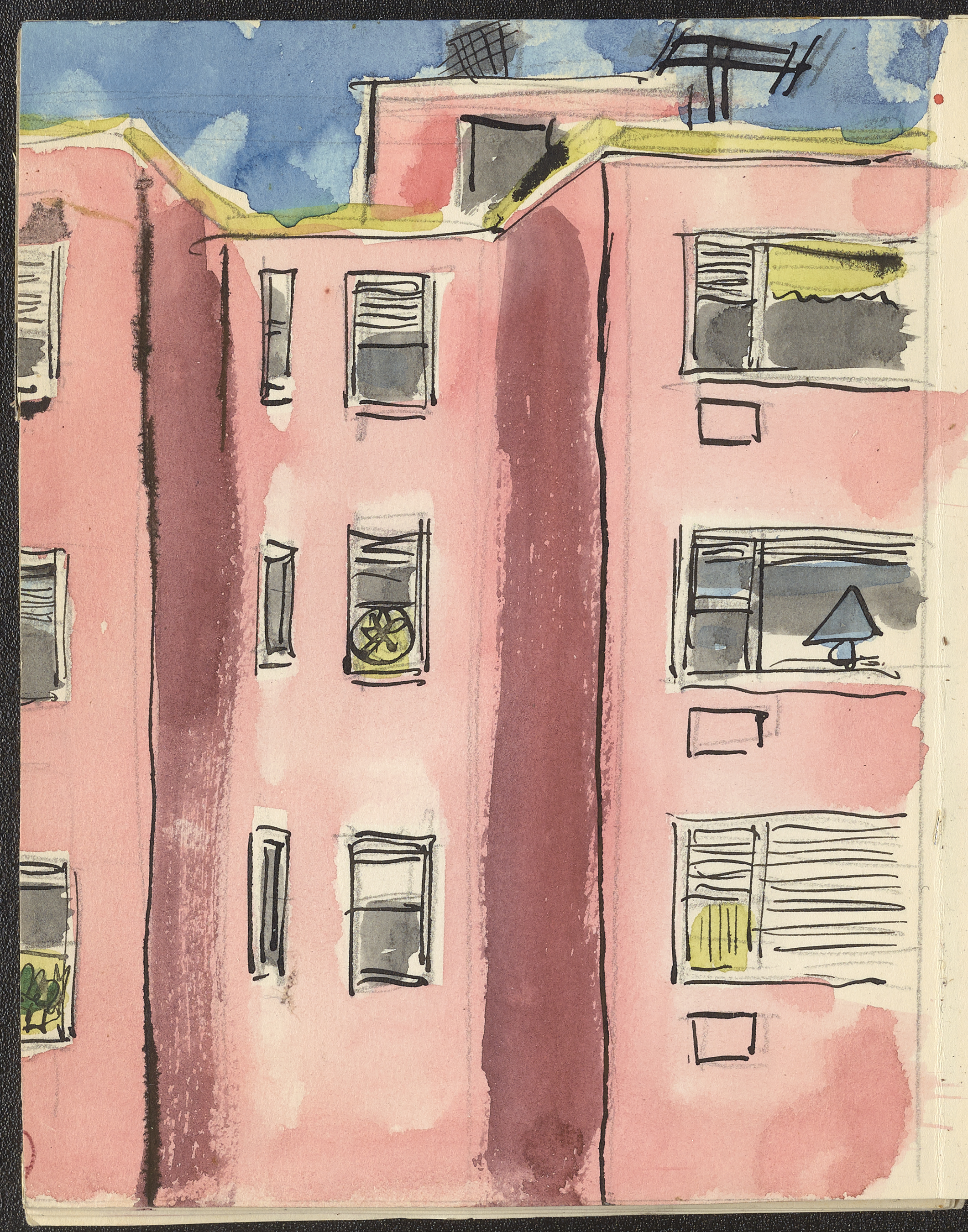Kurt Werth
Kurt Werth (1896-1983) was a prominent children’s illustrator and author born in Leipzig, Germany. Formally trained at the State Academy for the Graphic Arts in Leipzig, Werth credits as his influences Rembrandt, Daumier, Slevogt, and Durer. In his later years, however, his style had changed to a more expressive and modern approach, and is one of the leading examples of mid-century modernist illustrations. Rich examples of his work reveal angular figures of staunch beauty and striking poise, drawn in full color. Contemporary illustrators today credit Werth as an inspiration and leading innovator of the genre.
In 1939, Werth and his Jewish German wife Margaret Scheer fled Nazi Germany for the United States. There Werth quickly becoming one of the most sought-after illustrators in New York. His illustrations were often empathetic to the immigrant community, and are suggestive that inclusiveness was central to American values. His work was imbued with postwar optimism, and at times reflected an America that was culturally diverse, democratic, and compassionate. In addition to children’s literature, he illustrated classics, including the works of Shakespeare and Euripides; and modern books, including the works of Pushkin and Kipling.
The Kurt Werth collection contains all surviving work of Werth and is divided up into his freelance artwork—which appeared in numerous sources, from Harper’s and The New York Times to greeting cards—and that which appeared in books. It also includes the Werth family personal photographs, which provide a window into pre-Fascist Germany before the Werths fled persecution in Nazi Germany.

